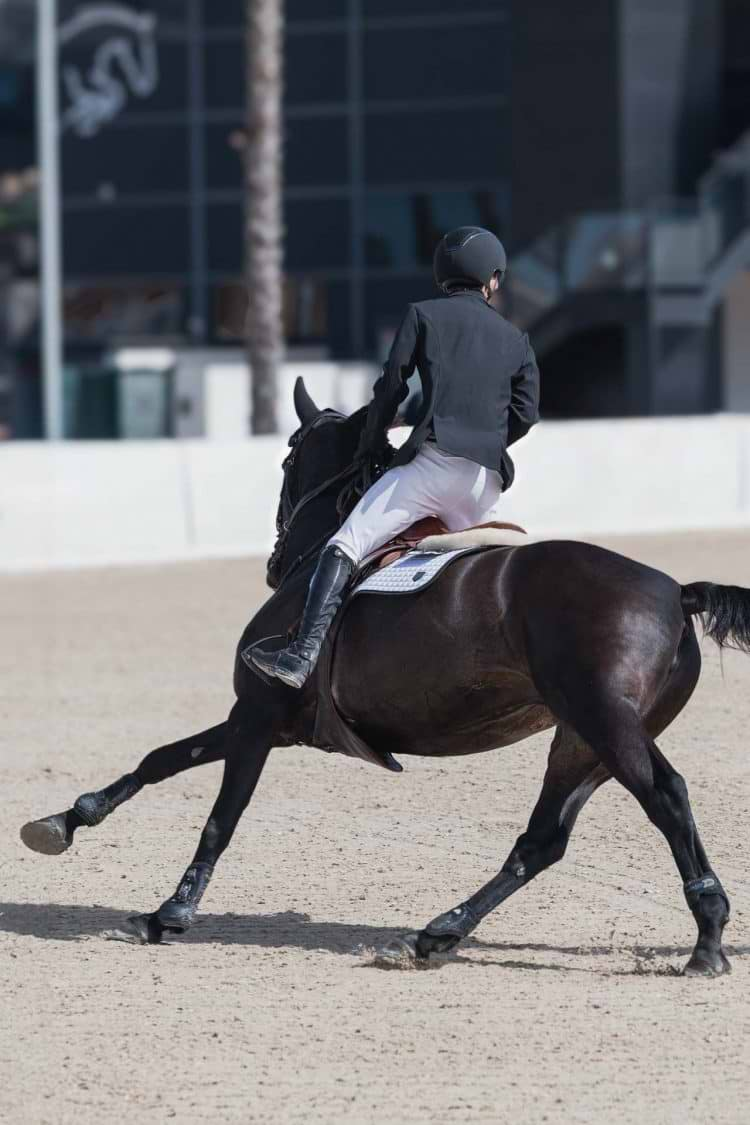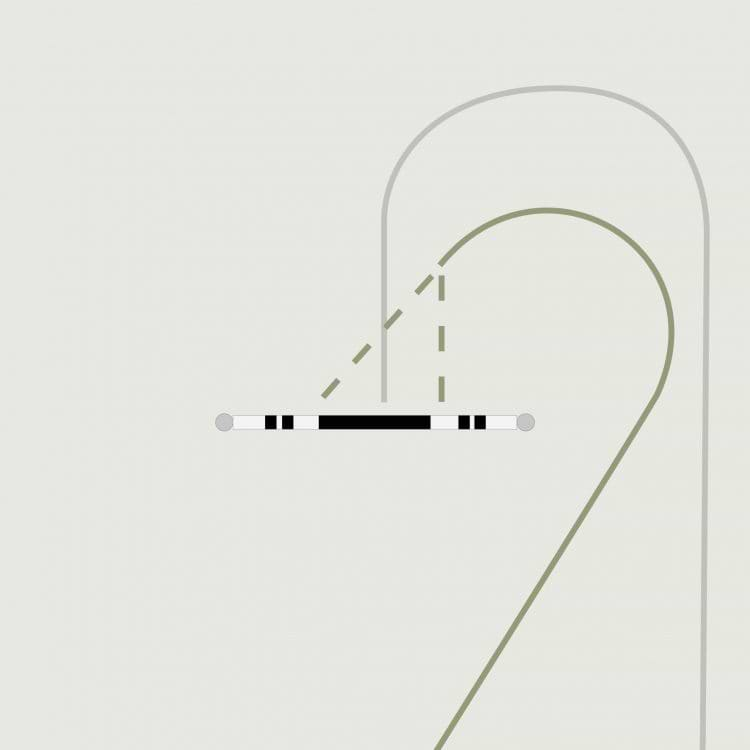Pål Flam on
How to Succeed in the Jump-off
You’ve just scored a clear round, and now it’s time for jump-off. But once on the course, you can’t seem to find the rhythm where everything just falls into place. What went wrong, and how can you train to be absolutely fastest when it counts?
Lovisa
Thu 18 Apr - 24

Pål Flam on
How to Succeed in the Jump-off
You’ve just scored a clear round, and now it’s time for jump-off. But once on the course, you can’t seem to find the rhythm where everything just falls into place. What went wrong, and how can you train to be absolutely fastest when it counts?
Lovisa
Thu 18 Apr - 24
You’ve just scored a clear round, and now it’s time for jump-off. But once on the course, you can’t seem to find the rhythm where everything just falls into place. What went wrong, and how can you train to be absolutely fastest when it counts? Someone who has spent time analyzing the dos and don’ts of jump-offs is our Norwegian Team Rider Pål Flam. In this article, we’ll get to hear his best tips for succeeding in the jump-off. Ready, Set, Go!
What differs in the warm up between the first round and a jump-off?
– First and foremost, I don’t jump as much as I do before the first round. You have to consider that the horse has already performed one round and is warmed up. I don’t like it when the horses have too much adrenaline in their bodies, which comes with an elevated pulse. A horse with too much adrenaline no longer thinks clearly – that’s why I try to “keep them on the ground”, with a lower pulse, and above all, ensure that they are relaxed.
What are the most common mistakes during a jump-off?
– Actually, it’s one of the things I’ve been focusing on and analyzing lately. I’ve discovered that many make the mistake of being too slow to set the pace right away. As soon as you land after the first fence, you should pick up speed quickly, so that during the longer distance to fence number two, you can go along with the gallop without rushing. You have to think “Go” in the landing immediately – to avoid that the speed gets faster and faster to fence number two. That’s usually when you get the distance wrong.
Set the pace immediately when you land after the first fence
Go along with the gallop – without rushing to fence number two
In which moments can you save the most time?
– I’ve been thinking a lot about how to ride tight turns, one of the crucial factors in jump-offs. If you make the turn slightly earlier, you can always make the curve wider if you don’t see the distance. I usually approach at a high pace, make the turn quite early, and if I see that the distance isn’t good, I can widen the turn a bit to get more space. You simply get more options. On the other hand, if you go too deep into the turn towards the fence, you only have one distance to go for. It interrupts the rhythm, and you lose speed.

What should you focus on when approaching the last fence?
– Of course it depends on which kind of fence it is. But generally there tends to be quite a long distance to the last fence – which makes it difficult to calculate the number of strides. I usually focus on maintaining the pace and trust that the distance will come to me. Don’t start complicating things too much, just dare to “be there”. If you have the rhythm and the pace, it resolves itself 99% of the time.
How can I prepare my horse for the jump-off when training?
– The most common mistake people make when training at home is that they decrease the pace way too much. Then, when you go to a competition, you struggle to reach the distances and get penalties for exceeding the time limit. If you always school at home at a very slow pace, there will be a significant leap for both horse and rider at the competition when it needs to go faster.
– What I have done at home is that I have built a course and jumped through it with most of the horses, while focusing on having a good pace and rhythm. Riding at a higher pace requires practice just like everything else, and after a while, it feels completely natural. With speed, you automatically get more scope and can jump slightly bigger fences. If you have a good rhythm when riding, you don’t need to worry as much about the distances. You automatically get more power in the canter. I have experienced that I have seen results since I started focusing on this!
– At competitions you can actually practice everything we’ve talked about earlier even in the first round – but in a milder version. It’s always good to practice to avoid, for example, time penalties in the first round. The principle is the same, but not as high pace and not as tight turns.
Do you have any further tips on how to succeed with the jump-off?
– I always make a clear plan before a jump-off, and analyze where I should place the turns to get the best possible distance. I visualize the plan over and over again. It has become something automatic that I do instinctively. I visualize the pace, rhythm, and feeling when I jump the course.
